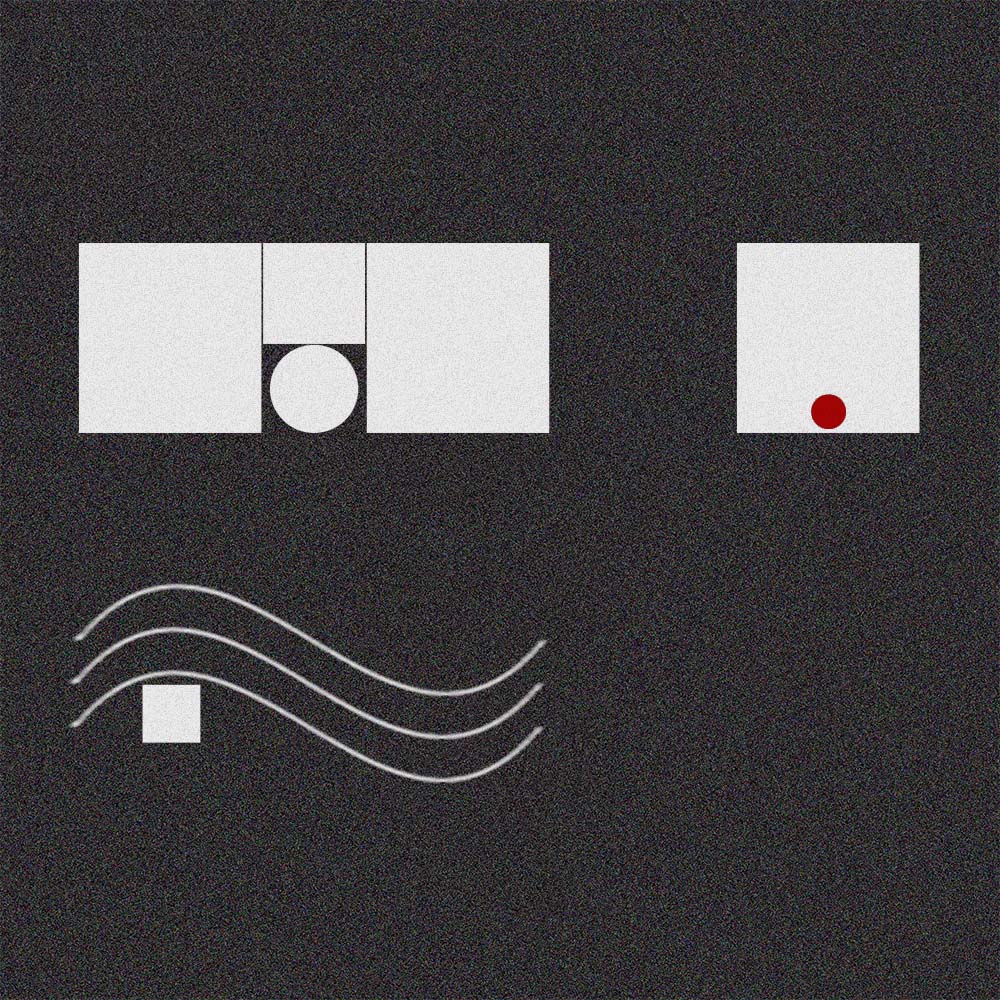The Philosophy of Form in Architecture

The Philosophy of Form in Architecture: Navigating the Boundaries of Space
Form in architecture is not just an aesthetic element; it is the essential language of space, the way buildings communicate with those who inhabit them. Just as minimalist design reduces every detail to its essence, so too does architectural form reveal deeper layers of meaning, shaping our perception and experience of space. Through carefully chosen lines and shapes, architecture becomes a medium of expression, unveiling the unseen aspects of reality.
Form as a Minimal Language
In a world where words are often unnecessary, architectural form takes on the role of a language where every line and material speaks to the essence of space. When architectural form is distilled to its basic elements, it becomes pure and authentic. In such a restrained space, carefully designed forms can subtly guide the user through the environment, revealing deeper meaning and hidden layers of architecture.
Dynamic Form: The Play of Light and Shadow
While minimalist form tends toward restraint, dynamic form brings life to space through the play of light and shadow, constantly changing its face in response to shifting light. Through complex shapes that reflect natural elements, architecture can create the illusion of life, where a building seems to breathe and change along with the light and shadow. In this way, architecture becomes more than a static form; it becomes a living organism in constant dialogue with its surroundings.
Form as Narrative: Storytelling in Spaces
Architectural form has the power to tell a story, conveying a narrative through the space that users explore. Form can express duality and contrast, creating a space where light and dark, interior and exterior, meet in a dynamic interplay. Through carefully designed transitions and contrasts, form becomes the thread that connects opposites, creating a space that invites reflection and introspection, where the boundaries between worlds blur.
Historical Perspectives on Form: Structuralism, Formalism, and Functionalism
Throughout the history of architecture, the shaping of form has evolved through various approaches, each with its philosophical foundations. Structuralism emphasizes the fundamental structural principles that shape a building’s form, focusing on how structure itself becomes expression. In contrast, contextualism views form in relation to its environment, adapting it to the context in which the building is situated, seeking harmony between structure and its surroundings.
One approach that places significant emphasis on form is formalism. This philosophy, developed by theorists like Kenneth Frampton and Robert Venturi, sees form as an end in itself, valuing the visual appearance of a building as much as its functionality. Formalists argue that form must be carefully crafted to create a sense of harmony and balance, believing that the aesthetic qualities of a building are just as important as its practical aspects.
On the other hand, functionalism, championed by thinkers like Le Corbusier and Ludwig Mies van der Rohe, prioritizes practicality and efficiency over aesthetics. This approach insists that the form of a building should be dictated by its intended use, placing function above form. The principles of functionalism are often present in the work of modernist architects, who believed in designing buildings as “machines for living,” with a focus on functionality and efficiency.
Form as Interaction: Invitation to Engagement
In architecture, form can also be a means of interaction, inviting users to engage and explore. Architectural form can stimulate the senses and create an emotional response, encouraging the observer to connect with the space on a deeper level. Through curved lines and fluid shapes, architecture becomes a space for reflection, a place where thoughts and feelings converge, creating an atmosphere that encourages an inward journey.
Conclusion: Form as a Journey Through Space and Time
Form in architecture is not merely geometry; it is the language of space, a narrative that guides the user through layers of meaning and experience. Through carefully considered form, architects create spaces that are more than functional structures; they become places of emotional and intellectual engagement. Each form is an opportunity to explore deeper truths, to create spaces that tell stories, evoke feelings, and inspire thoughts.
In architecture, form becomes a journey—both for the architect and for those who experience the space—offering them the opportunity to explore worlds within and beyond their consciousness.